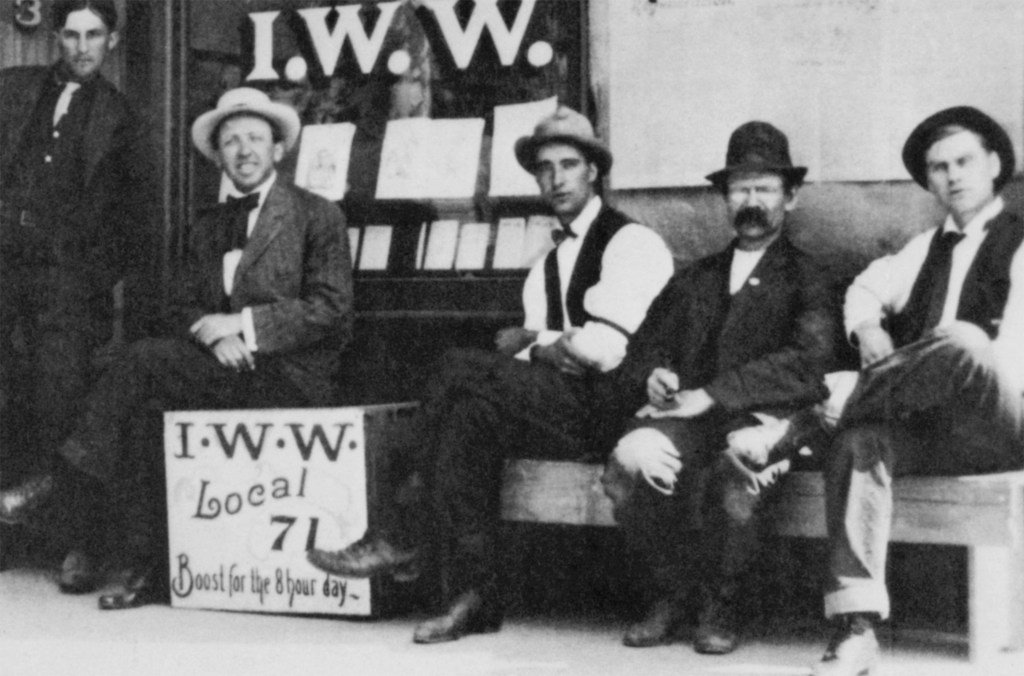Stewart Bird and Deborah Shaffer’s portrait of America’s most radical labor organization is an urgent reminder of what unions make possible.
By Susannah Gruder, April 29, 2022
Teeming with rousing folk songs from the picket line and spirited one-liners from union men and women, Stewart Bird and Deborah Shaffer’s 1979 documentary “The Wobblies” collages together personal impressions from former miners, lumberjacks, stevedores, wheat farmers, silk weavers, and migratory workers — all members of the IWW (International Workers of the World) at the turn of the century — to create a multilayered look at one of the nation’s most radical, and most often overlooked labor organizations.
Ripe for rediscovery on the eve of a new 4K restoration that will be screened across the country in honor of May Day, the film endures as an astounding and essential portrait of American subversion as seen through the eyes of those who lived it.
The IWW, whose members were nicknamed “Wobblies” (or “Wobs”), was formed in 1905 with the goal of creating “One Big Union” made up of all workers, regardless of skill level, race, creed, gender, or country of origin (an audacious notion when most unions were off-limits to women and Jim Crow laws were in full-effect). With a philosophy informed by socialist and anarchist thinkers, the IWW was loathed by capitalist crusaders of the time, as well as more “established” union leaders like AFL president Samuel Gompers, who described it as “a radical fungus on the labor movement, those who could not fit in to a normal, rational movement.”



